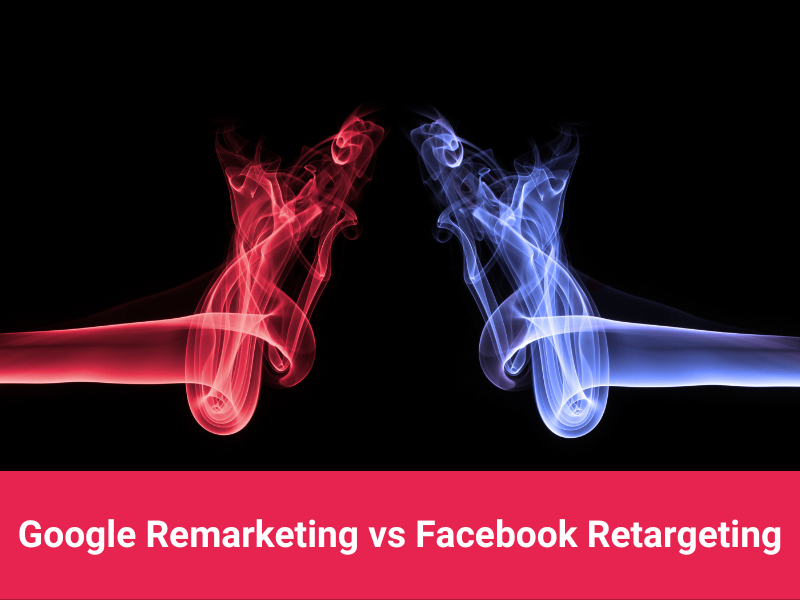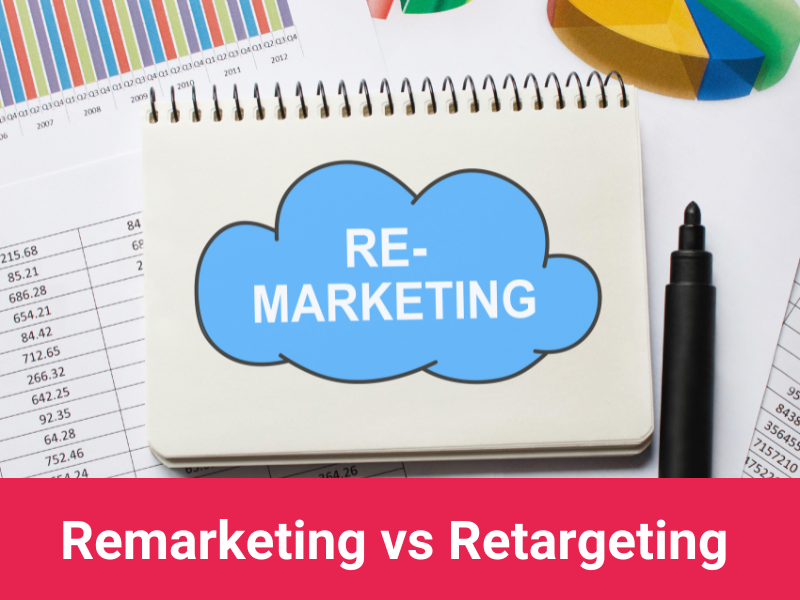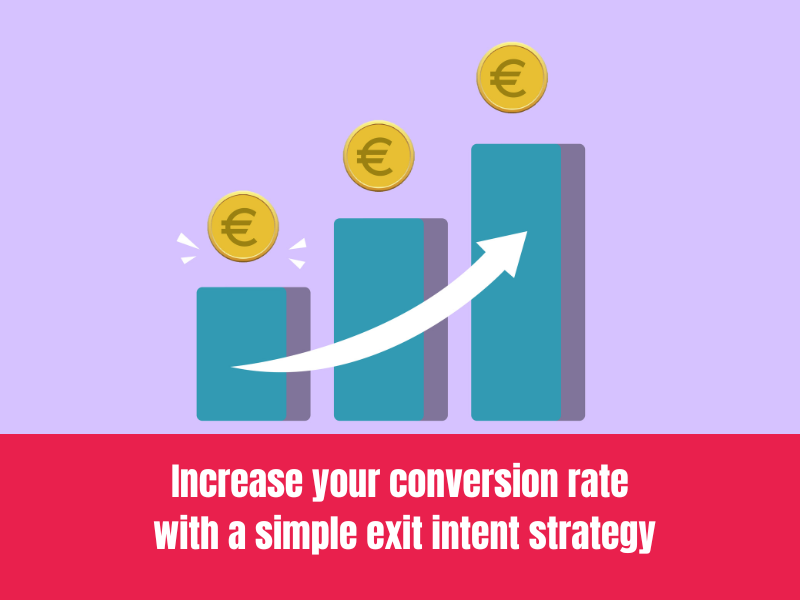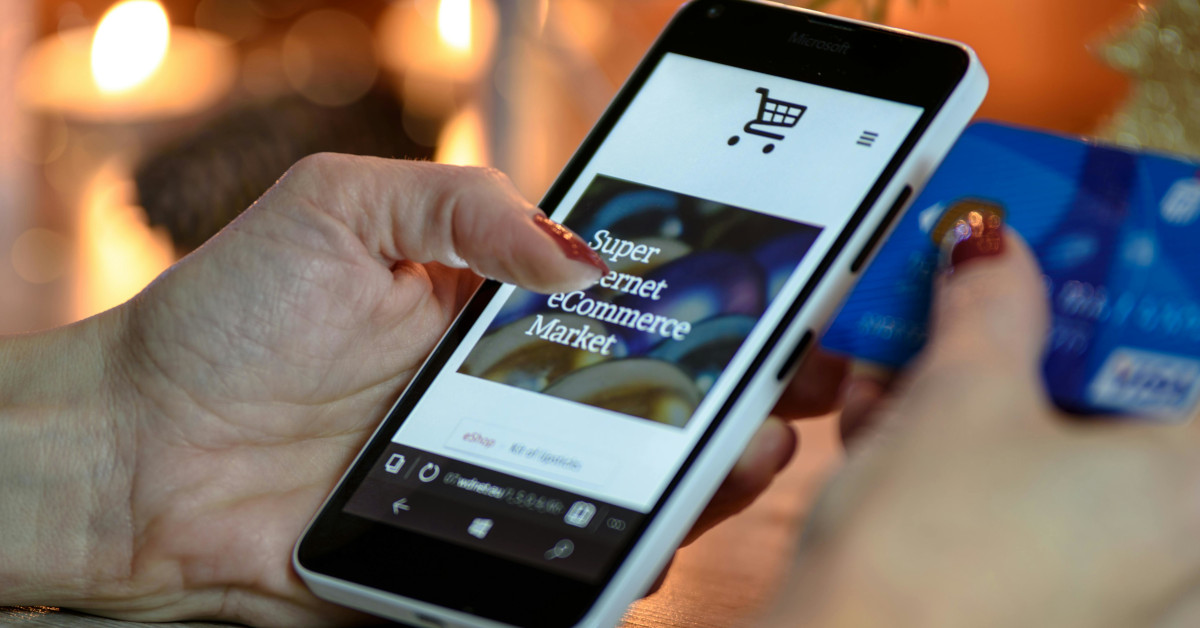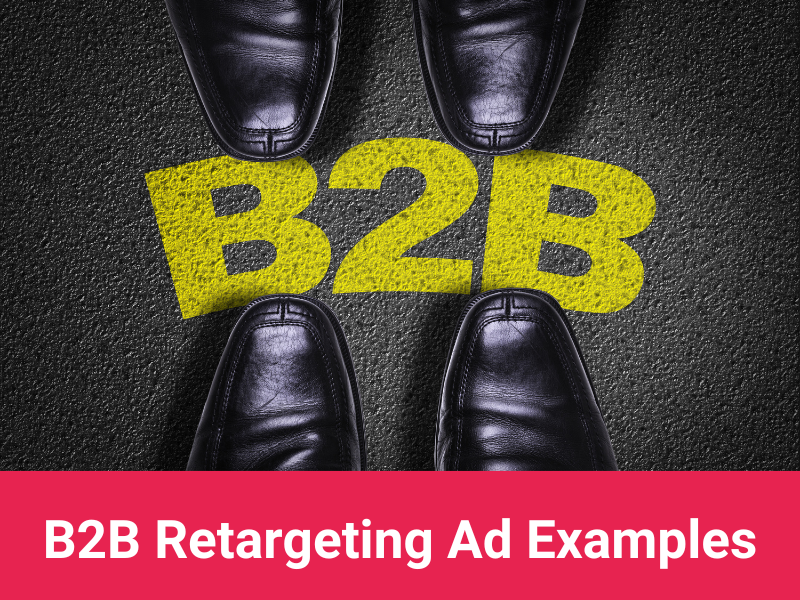O que é marketing nativo? Descubra a arte da promoção de marca sob o radar
Imagine rolar pelo seu feed de mídia social favorito e encontrar um artigo tão perfeitamente integrado que parece uma parte natural da sua exploração. Essa integração perfeita, dificilmente distinguível do conteúdo orgânico ao redor, exemplifica uma força poderosa, mas muitas vezes despercebida, no mundo digital.
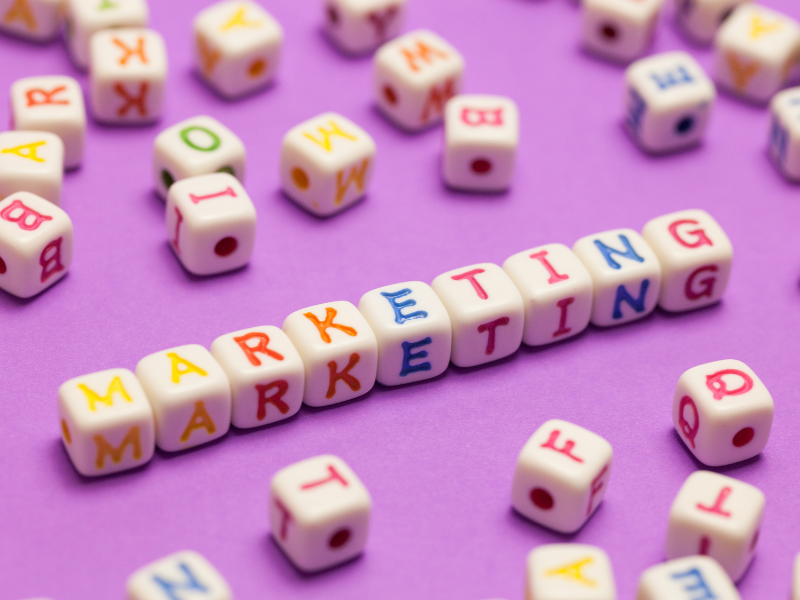
Mas o que é exatamente essa arte invisível que confunde as linhas entre conteúdo e propaganda? O que é Native Marketing?
Marketing nativo é a publicidade que combina com a forma, a sensação e a função da plataforma na qual aparece. Ao contrário dos anúncios tradicionais que interrompem sua experiência, o marketing nativo se mistura, oferecendo valor e relevância sob o disfarce de conteúdo típico da plataforma.
Ele foi projetado para ser menos intrusivo, proporcionando uma experiência mais suave ao usuário e, ao mesmo tempo, promovendo sutilmente produtos ou serviços.
Essa estratégia de marketing não se trata apenas de vender; trata-se de criar conexões e entregar conteúdo que o público considere genuinamente interessante.
Ao se alinhar ao fluxo de atividade natural do usuário, o marketing nativo promove engajamento e confiança, preparando o cenário para uma introdução mais orgânica às ofertas da marca.
As origens da publicidade furtiva
Antes que a era digital cativasse nossa atenção, a publicidade furtiva começou sua jornada silenciosa, habilmente disfarçada no conteúdo que consumíamos.
Imagine isso: no início do século XX, as novelas eram criadas não apenas para drama, mas para vender sabão, incorporando a promoção do produto à narrativa. Este foi o alvorecer da marketing nativo, uma forma de arte que evoluiu com cada inovação de mídia.
A explosão da internet no final dos anos 90 deu ao marketing nativo um novo playground. Google e Facebook, entendendo a natureza intrusiva dos anúncios tradicionais, foram pioneiros em conteúdo que parecia menos uma interrupção e mais parte da conversa.
Essa mudança foi monumental, marcando uma transição da publicidade descarada para uma abordagem mais sutil.
Um exemplo intrigante é o espírito aventureiro da Red Bull. Eles transcenderam a publicidade tradicional ao criar conteúdo estimulante que ressoou com o estilo de vida de seu público, tornando a marca sinônimo de esportes radicais.
Não se tratava apenas de vender uma bebida energética, mas de vender um estilo de vida, mostrando o poder transformador do marketing nativo.
Decodificando o Marketing Nativo
O marketing nativo é semelhante a um camaleão, adepto de se misturar ao ambiente. Em sua essência, é uma propaganda tão bem integrada ao conteúdo que parece uma parte natural da sua experiência.
De artigos patrocinados que refletem conteúdo editorial a influenciadores que integram produtos casualmente em suas narrativas diárias, o marketing nativo adota muitas formas.
As mídias sociais, com seus feeds personalizados, servem como um terreno fértil para conteúdo de marca que fala diretamente com você, em um tom que você reconhece e confia.
Mas por que essa camuflagem funciona tão efetivamente em nós? O segredo está em sua sutileza e relevância. Ao contrário dos anúncios tradicionais que gritam por sua atenção, o marketing nativo se envolve em uma conversa. Ele respeita sua jornada de conteúdo, oferecendo valor que parece feito sob medida para você.
Esse toque pessoal explora nosso desejo por histórias e experiências em vez de vendas agressivas, promovendo uma conexão que parece genuína. Em essência, o marketing nativo prospera por ser interessante, não intrusivo, tornando-o uma ferramenta poderosa na era digital.
Os Mestres Artesãos – Quem está nos bastidores?
Por trás de cada peça perfeita de marketing nativo, há uma equipe de mestres artesãos moldando meticulosamente a narrativa. Esses são os criadores de conteúdo, estrategistas e analistas de dados cujo gênio coletivo dá vida a campanhas que ressoam com o público em um nível pessoal.
Os criadores de conteúdo tecem histórias que não apenas envolvem, mas também ecoam a essência da marca, enquanto os estrategistas planejam a jornada que essas histórias farão para alcançar os olhos certos. Os analistas de dados, os heróis anônimos, ajustam essa jornada, garantindo que cada pedaço de conteúdo encontre seu caminho para casa.
Insights de líderes do setor revelam um fio condutor comum: a mágica do marketing nativo está em entender o comportamento humano. Os principais criadores de conteúdo enfatizam a necessidade de autenticidade, elaborando mensagens que falam de interesses e paixões.
A colaboração entre marcas e plataformas é essencial, criando ecossistemas onde o conteúdo pode prosperar naturalmente. É uma dança de precisão e criatividade, onde o sucesso é medido não apenas em visualizações ou cliques, mas nas conexões genuínas formadas com o público.
O Processo de Criação
Elaborar uma campanha de marketing nativa é como pintar uma obra-prima, onde cada pincelada importa e cada cor tem um propósito. Começa com uma tela: identificar o público-alvo.
Não se trata apenas de dados demográficos; trata-se de investigar interesses, comportamentos e desejos, entendendo o público como pessoas reais com histórias reais.
Então vem a arte de elaborar a mensagem. É aqui que a autenticidade e a narrativa assumem o centro do palco. A mensagem não é um anúncio de outdoor; é uma história que fala diretamente ao público, ressoando com suas experiências e aspirações.
Trata-se de criar conteúdo que não pareça conteúdo, histórias tão envolventes que o público se esquece de que faz parte de uma campanha.
Autenticidade é o fio de ouro que une tudo. Em um mundo abarrotado de anúncios, histórias genuínas se destacam. Elas criam conexões, constroem confiança e, por fim, transformam espectadores em defensores.
Essa é a essência de uma campanha de marketing nativa bem-sucedida: não apenas vista, mas sentida, lembrada e compartilhada.
Estudos de caso
Veja a campanha imersiva do Spotify no The New York Times, explorando o papel da música em questões sociais. Não foi apenas um anúncio, foi uma experiência, misturando as playlists do Spotify com narrativas envolventes, ilustrando o poder da música de unir.
Então, há a parceria do Buzzfeed com a Purina, criando conteúdo comovente e bem-humorado sobre a posse de animais de estimação. Não parecia marketing; parecia mais um artigo do Buzzfeed, mas sutilmente destacava os valores e produtos da Purina, ressoando profundamente com os amantes de animais.
A colaboração do Airbnb com a National Geographic para o eclipse solar foi nada menos que espetacular, oferecendo uma noite em um local único sob o caminho do eclipse.
Ele exibiu a variedade de ofertas do Airbnb ao mesmo tempo em que explorava a admiração por um fenômeno natural, criando uma experiência memorável.
Cada um desses exemplos teve sucesso ao integrar a marca perfeitamente ao conteúdo que o público já adora, comprovando o poder do marketing nativo em todos os setores.
Eles se destacam não apenas pela criatividade, mas pelo profundo entendimento do público, da plataforma e da arte de contar histórias.
Você também pode verificar um dos nossos estudos de caso de marketing nativo. Caso você goste, entre em contato conosco e nossos especialistas em marketing nativos irão ajudá-lo.
Navegando pelas armadilhas
Entrar no mundo do marketing nativo é como fazer um ato de equilibrismo, onde o desafio está em misturar o conteúdo perfeitamente, mantendo a transparência.
A linha tênue muitas vezes se confunde, levando à armadilha de enganar o público, inadvertidamente corroendo a confiança. Para andar nessa corda bamba com sucesso, clareza é a chave. Rotular claramente o conteúdo como patrocinado preserva a autenticidade, respeitando a capacidade do público de discernir.
Outro obstáculo é a saturação de conteúdo. Em um mar de histórias, destacar-se exige mais do que apenas se misturar. Ele exige narrativas únicas e envolventes que ressoem em um nível pessoal. Elaborar histórias com valor genuíno, em vez de meros anúncios, diferencia uma marca.
Considerações éticas ancoram todo o processo. Não se trata apenas de seguir diretrizes, mas de abraçar o espírito de honestidade e respeito pelo público.
Ao priorizar esses valores, as marcas podem navegar pelas armadilhas do marketing nativo, criando campanhas que não sejam apenas eficazes, mas também respeitadas e admiradas.
The Future Canvas – Tendências e Previsões
O futuro do marketing nativo está sendo pintado com as cores vibrantes da tecnologia, à medida que a inteligência artificial e a realidade aumentada começam a esboçar novas possibilidades.
Imagine a IA criando conteúdo que não seja apenas personalizado, mas preditivo, oferecendo histórias e soluções antes mesmo que o público perceba sua necessidade.
A RA, por outro lado, promete um mundo onde a linha entre o digital e o físico se confunde, oferecendo experiências imersivas que podem transformar um simples anúncio em uma aventura interativa.
À medida que essas tecnologias evoluem, o vínculo entre marcas, criadores de conteúdo e públicos deve se aprofundar. As marcas não serão mais meras anunciantes, mas parceiras na jornada diária do consumidor, oferecendo valor e experiências que são genuinamente úteis.
Os criadores de conteúdo se tornarão os arquitetos dessa nova realidade, projetando campanhas mais interativas, envolventes e personalizadas do que nunca.
Neste futuro, o papel do público muda de receptores passivos para participantes ativos. Seu feedback, entregue em tempo real por meio de análises sofisticadas, moldará a narrativa, criando uma interação dinâmica que garante que o conteúdo permaneça relevante e ressonante.
Essa tela colaborativa, enriquecida pela tecnologia, promete um futuro onde o marketing nativo não apenas cativa, mas conecta em um nível profundo.
Conclusão
Mergulhando no mundo da publicidade perfeitamente integrada, esta exploração iluminou o papel impactante e a sutileza do marketing nativo.
Em vez de simplesmente responder o que é marketing nativo nossa jornada demonstrou seu poder de misturar anúncios com conteúdo autêntico, aprimorando a experiência do usuário.
Olhando para o futuro, com inovações em IA e RA no horizonte, a essência dessa abordagem — criar conexões genuínas por meio da narrativa — permanece firme.
Nossa jornada desde suas raízes históricas até o potencial futuro ressalta a importância duradoura do marketing nativo como uma forma de arte que respeita a inteligência do público e enriquece as histórias da marca.
Abrace o futuro da publicidade conosco. Descubra como nossa jornada pela evolução do marketing nativo pode inspirar estratégias inovadoras para sua marca. Vamos criar histórias que ressoem.


